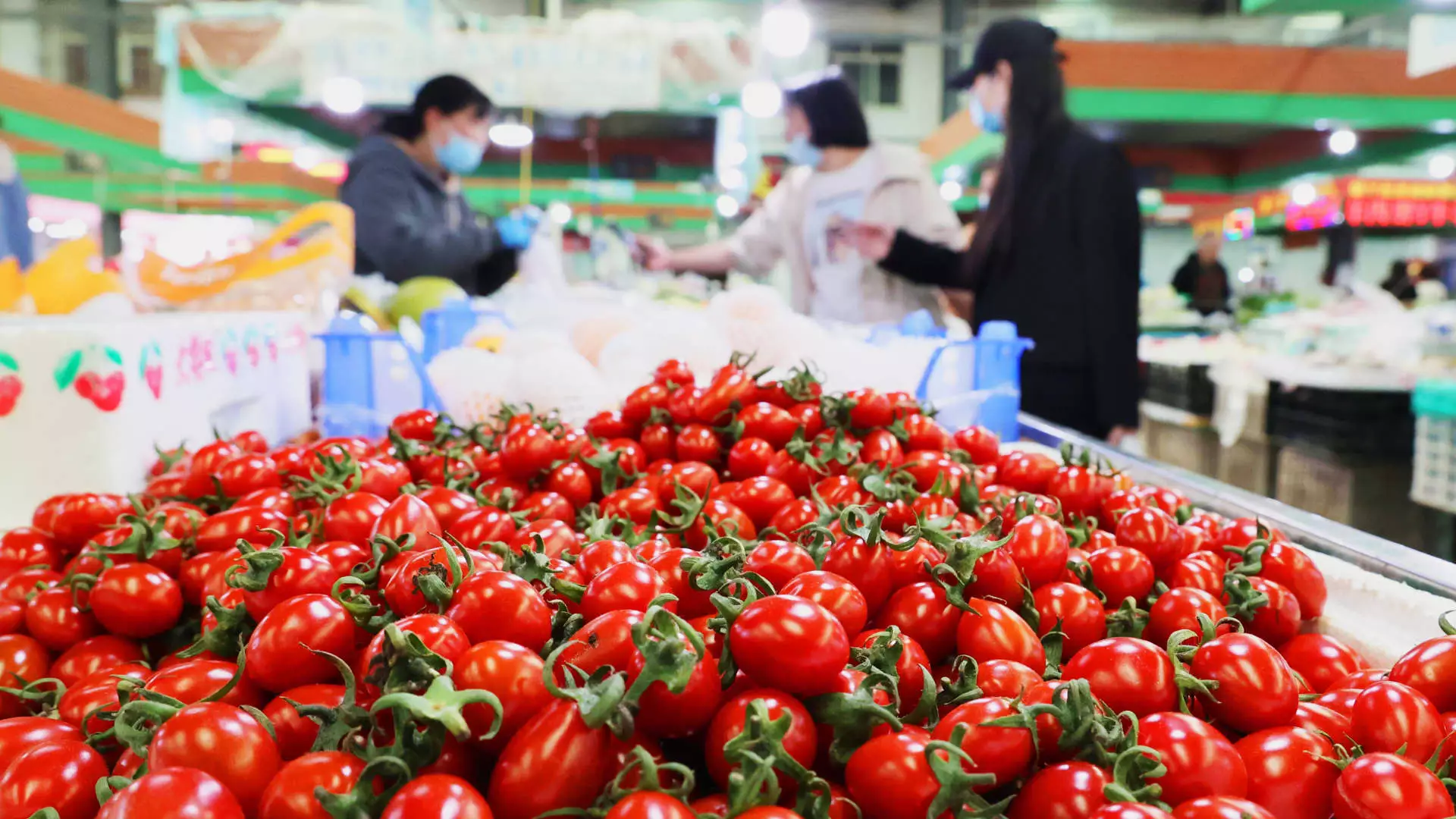China’s economy is navigating turbulent waters as recent data reveals a complex picture of consumer and producer prices. The latest figures show that consumer prices (CPI) increased at a slower rate in October compared to previous months, highlighting persistent deflationary pressures and a fragile economic recovery. With the government’s newly announced stimulus package aimed at mitigating local government debt rather than directly stimulating demand, analysts remain skeptical about the potential for significant short-term economic rejuvenation.
Understanding the Current State of Consumer Prices
Data from the National Bureau of Statistics indicates that China’s CPI rose by a mere 0.3% year-on-year in October, a decline from September’s rise of 0.4%. This marks the slowest growth in four months and indicates a worrying trend as inflationary pressures appear to be easing. Economists had anticipated a slightly stronger increase of 0.4%, underscoring the challenges facing consumers and the broader economy.
Notably, the core inflation rate, which excludes volatile components such as food and fuel, saw a slight uptick from 0.1% in September to 0.2% in October. This modest increase could suggest some underlying strength in consumer demand. Nonetheless, experts like Bruce Pang highlight that the impact of stimulus measures introduced in late September is yet to be reflected in consumer behavior, particularly due to the effects of the Golden Week holiday. Consequently, this economic environment raises concerns about China’s ability to reinvigorate domestic demand swiftly.
In an effort to combat the stagnating economy, China’s top legislative body sanctioned a substantial stimulus package worth ¥10 trillion (approximately $1.4 trillion). However, this initiative focuses primarily on alleviating local government debt rather than injecting direct liquidity into the economy, which some analysts feel may fall short of expectations for boosting consumption and demand. The relevance of this decision becomes more pronounced against a backdrop of investor hopes for a robust fiscal response that could reanimate consumer spending and stimulate economic growth.
Finance Minister Lan Foan’s recent comments suggest that there may be more fiscal measures on the horizon intended to support the struggling housing market. He acknowledged the necessity of recapitalizing banks to enhance lending capacity. Still, many analysts are cautious, noting that significant policy shifts may be retained until the U.S. presidential election outcome becomes clearer, particularly regarding the potential impact of Donald Trump’s return to power.
Given the high stakes involved, there is an increasing recognition that the stimulus measures enacted may not yield immediate changes in consumer behavior. As many households grapple with the fallout from a declining real estate sector, consumer spending remains constrained.
Compounding the challenges faced by China’s economic landscape, the producer price index (PPI) has deepened its deflation, falling 2.9% year-on-year in October. This decline, steeper than the expected decrease of 2.5%, denotes the largest drop observed in 11 months and raises alarm bells regarding the profitability of manufacturers.
The deflation is particularly pronounced in sectors such as petroleum extraction, oil and coal processing, and automotive manufacturing, reflecting a broader industrial malaise that could hinder recovery efforts. The persistent producer price deflation signifies that production costs are declining, but it also indicates shrinking demand, as companies are forced to cut prices in an effort to stimulate sales.
Economists like Zhou Maohua suggest that while counter-cyclical adjustment policies may improve consumer spending and investment momentum, the journey toward a stable economic recovery is fraught with uncertainty. The outlook for inflation remains muted, and predictions of low consumer inflation (around 0.8%) next year alongside a delayed recovery in producer prices could herald a protracted period of economic hardship.
Looking Ahead: A Tough Road to Recovery
The interplay between consumer prices and producer price deflation in China reveals an economy battling deflationary headwinds amidst fiscal uncertainty. The recent stimulus measures and their efficacy remain under scrutiny, with the overarching sentiment indicating that until domestic demand rebounds significantly, economic growth may be tethered to external factors, including geopolitical developments and global economic conditions.
As stakeholders in the economy await clearer signals from policymakers, the path forward is likely to require strategic and innovative approaches to stimulate consumer confidence and investment. Only through robust and targeted measures can China hope to navigate this challenging economic landscape and emerge stronger in the long run.


Leave a Reply